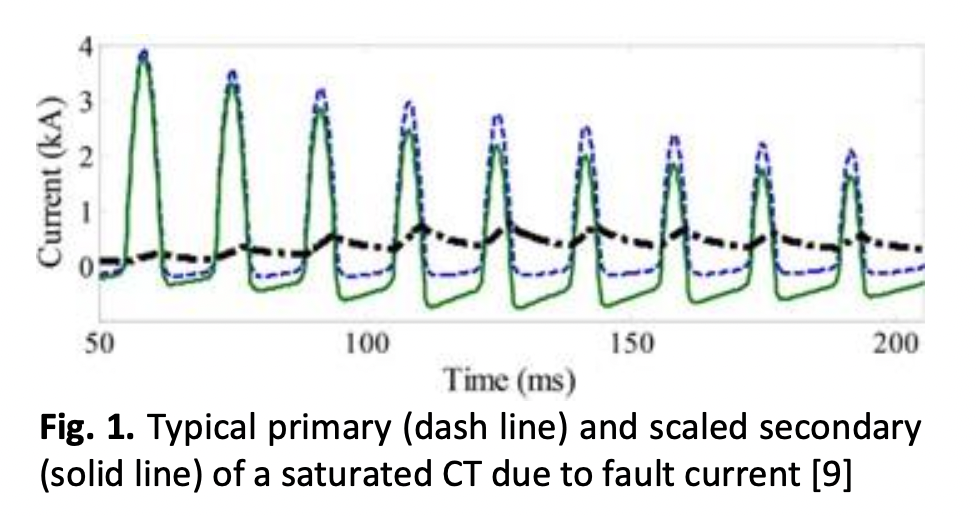Protection Relay Setting based on Overcurrent Phenomena in Commercial Building
DOI:
https://doi.org/10.37934/araset.34.1.212227Keywords:
Protection relay, relay setting, overcurrent, commercial buildingAbstract
Nowadays, every single distribution system needs to install an appropriate relay to keep the system safe. The operational and commonly recommended relay for distribution systems is the overcurrent (OC) relay. Throughout the distribution system, the protective relay is one of the methods that can detect and protect the location according to its observation from any fault from abnormal activity. Note that time coordination between the protective equipment relay needs to be a minimum of time interruption to prevent faults occurs. The ideal setting for all coordination protection relays is necessary to protect the device against electrical failure and interference. This paper analyzes the real results data collected for the selected commercial building of an OC relay implemented in a distribution board for high voltage and low voltage downward at a commercial building. All the parameters need to be clarified first before testing has been made and measurement is carried out using the MICROTEST 860 set. Based on the analysis, it proves that according to the IEC Standard of 0.10-time multiplier Setting (TMS) is practical to be used to obtain the operation time in seconds for the current curve set. Other than that, the results show that the normal inverse curve from manual calculation results is more accurate compared to the service setting (SS) made based on the incoming setting in a real commercial building. The case study for OC relay setting is related between current injection and time-tripping, which complies with the IEC 60255-3 standard using its formula. This method was applied to determine the characteristics of the curve. Hence, this research successfully determined the proper methods for the OC relay setting for the power distribution system. Besides, the feasibility and efficiency of OC relay data transmission are tested and checked successfully to implement the measurement method in the relay coordination study.





























